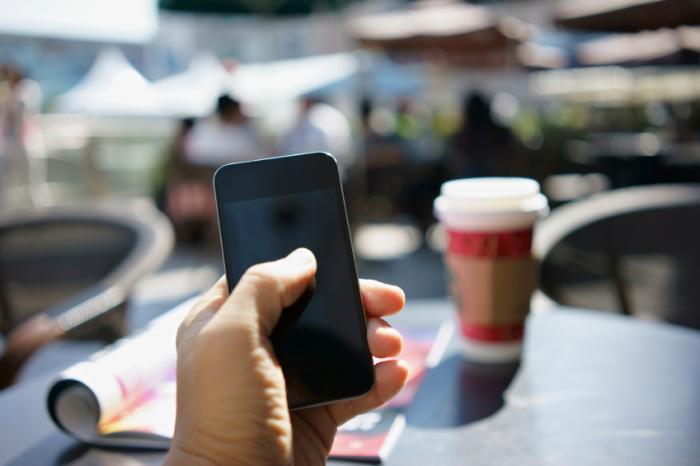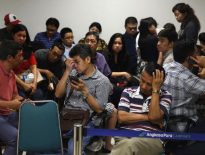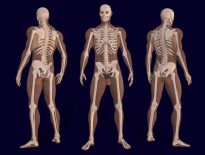With more than half of American adults owning a smartphone, it is safe to say that our fingers and thumbs are more active than ever; without even thinking about it, we use our pinkies to write texts, emails and browse the Internet on a daily basis. Now, a new study finds that such activity may influence sensory processing in our brains.

Study leader Arko Ghosh, of the University of Zurich in Switzerland, and his team explain that every part of the body has a dedicated processing region in the somatosensory cortex of the brain – an area associated with sensation, movement planning and visual stimuli.
Past research has found that each processing region in the somatosensory cortex can be altered. The team notes, for example, that some studies have demonstrated that the processing region related to finger movements is larger among people who play the violin than those who do not.
This got Ghosh and his team thinking: could finger and thumb movements related to smartphone usage shape brain regions linked to sensory processing?
Cortical sensory processing ‘may be shaped by use of personal digital technology’
For their study, published in the journal Current Biology, the team focused on how smartphone use affected activity in the sensorimotor cortex of the brain, which is activated by finger movements.
The researchers recruited 37 right-handed participants. Of these, 26 used touchscreen smartphones and 11 used old-style cellphones. The team recorded their cortical brain activity using electroencephalography (EEG), in which 62 electrodes were placed on their heads.
The team found that participants who used smartphones demonstrated greater activity in the sensorimotor cortex of their brains than those who used old-style cell phones. The more participants used their smartphones in the 10 days prior to the study, the greater the brain activity in this region, with the strongest activity linked to thumb movements.
Commenting on their findings, the researchers say:
“Our results suggest that repetitive movements on the smooth touchscreen reshaped sensory processing from the hand and that the thumb representation was updated daily depending on its use. We propose that cortical sensory processing in the contemporary brain is continuously shaped by the use of personal digital technology.”
Initially, Ghosh and his team thought their results were similar to those found in studies of violinists, but they say this is not the case. They point out, for example, that the brain activity of violinists is dependent on the age at which they began playing the instrument, while length of smartphone use does not appear to be a contributing factor in this study.
What is more, they note that a continuous link was found between the most recent use of a smartphone and brain activity, while no such association has been found in studies of violinists.
Recently, Medical News Today reported on a study suggesting that use of e-readers in the evening may harm sleep quality.
The researchers of that study – from Brigham and Women’s Hospital and Harvard Medical School in Boston, MA – say that because e-readers emit light, using them before bedtime may reduce levels of the sleep-promoting hormone melatonin, lowering sleep quality.
Written by Honor Whiteman





